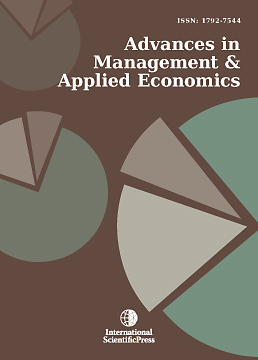Advances in Management and Applied Economics
Empirical Analysis on Transmission Efficiency of New LPR Interest Rate
-
 [ Download ]
[ Download ]
- Times downloaded: 104
Abstract
Currently, the domestic economy of China is in a state of relative sluggishness. The Loan Prime Rate which represents a crucial milestone in the journey towards interest rate liberalization, has been instituted with the overarching objective of clearing the bottlenecks in the interest rate transmission pathway within the loan market and promoting a more efficient allocation of resources. It gradually plays an important role in the interest rate transmission mechanism. This research constructs a Vector Autoregression model, by treating the reform of the LPR as a significant watershed moment, the study is designed to comprehensively explore and analyze the influence exerted by the LPR reform on the efficiency of interest rate transmission. The empirical results obtained from the model reveal that the implementation of the LPR mechanism has led to a more pronounced and direct linkage between the market interest rate and the lending rate. The interest rate transmission mechanism, as a result, has become more overtly characterized by market-driven forces, thereby providing substantial evidence in support of the effectiveness of the LPR reform initiative. Consequently, it is imperative to further deepen the reform of interest rate liberalization and elevate the level of marketization of the LPR mechanism.
Keywords: Loan prime rate, Interest rate marketization, Interest rate transmission mechanism, Vector autoregression model.
